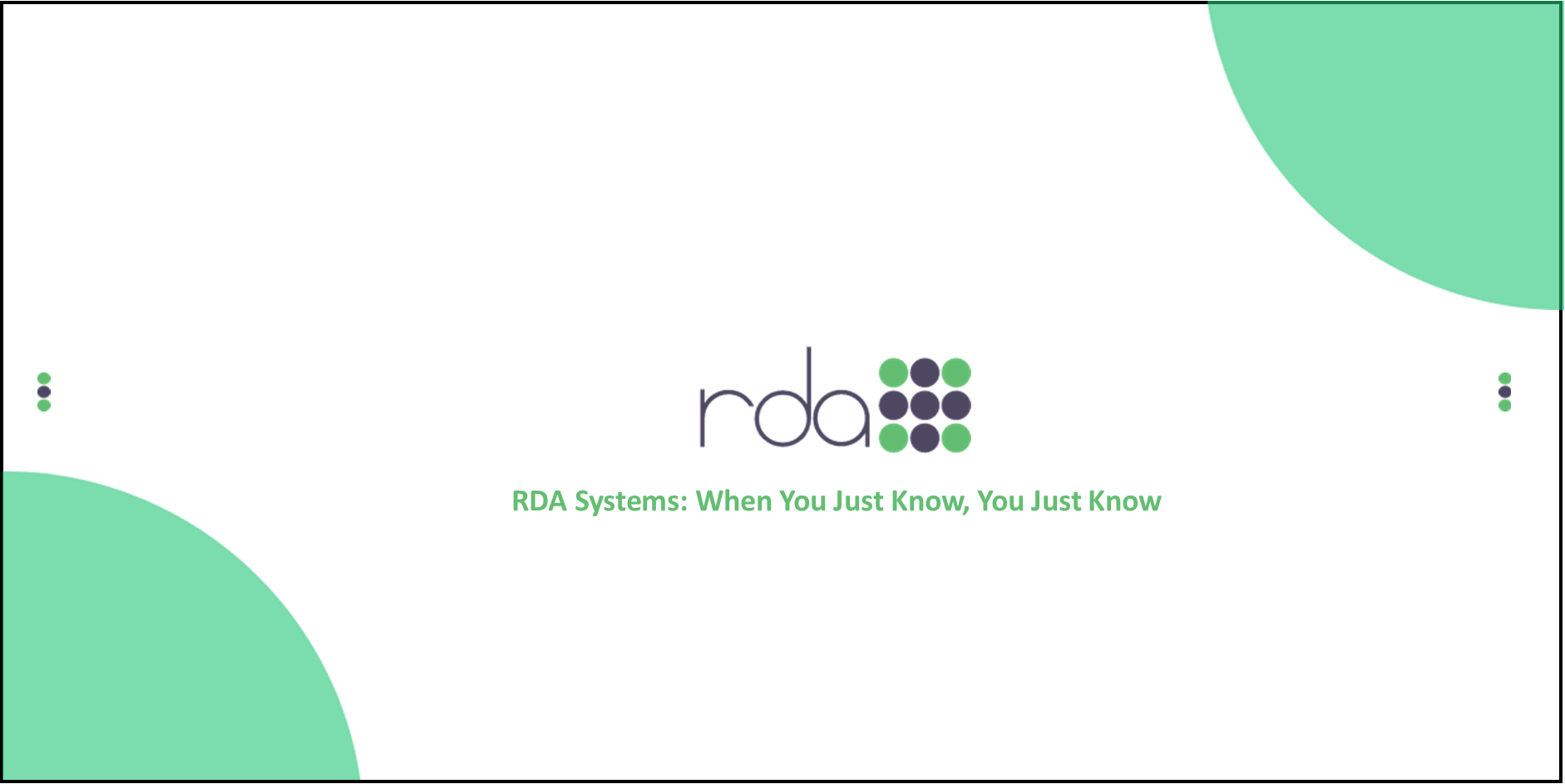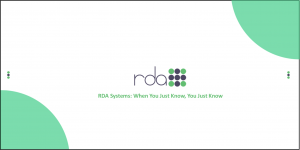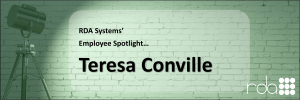
Are you ready for your auditoscopy? Okay, that is a new word that I coined. If you prepare for your annual audit all year long, it won’t be so scary. Below, I’ve listed some of the more common schedules and items auditors request that you make available. In an upcoming white paper, you’ll find tips and suggestions on how to produce many of these items from the OpenRDA software. In the meantime, get organized and start saving supporting documentation for those items that require it.
Accounts Receivable
- A detail listing of accounts receivable as of the last day of the fiscal year reconciled to the general ledger; supporting documents should be provided for items that are $10,000 or more.
- A schedule of receipts for the first two months of the fiscal year as well as supporting documents for amounts $10,000 or more.
- If your organization has utilities (such as water/sewer or garbage collection/solid waste), provide an A/R Aging Summary Report as of the last day of the fiscal year.
- A recap of all Due from Other Funds accounts.
Revenues
- Copy of all federal and state grant agreements including reimbursement requests for which expenditures were made during the fiscal year.
- For each receipt transaction $10,000 or more, provide supporting documentation when not evident from the account description (for example, a revenue account for miscellaneous items).
- If your organization has an emergency 911 fund, provide a schedule of cash receipts from vendors for E911 fees.
- Revenue Summary Report with Amendments for the fiscal year (post year fiscal month so that accruals are indicated and totaled).
Prepaid Items
- A schedule of prepaid invoices with support documentation. Amounts should agree with general ledger account for pre-paid items.
- If the premium for workers’ compensation coverage crossed fiscal years, a copy of the statement and a schedule of the cost allocation should be provided.
- If the premium for other insurance coverage crossed fiscal years, a copy of the coverage page(s) should be provided.
Accounts Payable
- A schedule (detail listing) of accounts payable by vendor name and amount as of the last day of the fiscal year, sorted and totaled by account code.
- A copy of the check/EFT registers for the first 2 months of the new fiscal year. Provide invoices and copies of check/EFT for all checks/EFTs that are $10,000 or more.
Accrued Liabilities
- A schedule of accrued liability for any leave that is accrued in accordance with the governing authority’s leave policies. If you cannot produce a liability report from the OpenRDA software, you should provide a report of leave balances by employee along with the employee’s rate of pay as of the last day of the fiscal year.
- A schedule listing vacation or sick leave amounts paid to an employee upon his/her termination of employment.
Payroll
- Quarterly payroll tax reports for the fiscal year that reflect the date deposits were made.
- Copies of 941 reports reconciled to payroll tax records.
Fund Balance
- Verification that the beginning fund balance agrees to the ending fund balance per the prior year audit.
- A schedule of fund balances that the governing authority has designated for a specific purpose in conformance with GASB 54.
Expenditures
- Supporting documentation for expenditures greater than or equal to $10,000 and an explanation of the transaction if not evident from the account description (for example, a miscellaneous items account).
- Expenditure Summary Report with Amendments for the fiscal year (post year fiscal month so that accruals are indicated and totaled).
Cash
- A listing of all bank accounts that were opened or closed during the fiscal year.
- Copies of bank statements and bank reconciliations along with the reconciliation to the general ledger.
- A listing of all checks outstanding as of the last day of the fiscal year.
- A listing of any deposits in transit as of the last day of the fiscal year.
- Copies of bank statements for the 1st month of the new fiscal year.
Capital Assets
- A listing of the capital outlay accounts along with invoices for items $10,000 or more.
- Reconciliation of the capital outlay account expenditures for the fiscal year along with the capital asset additions.
- Asset depreciation reports; one sorted by the asset number as well as one sorted by the function/department.
- A schedule of capital assets that were sold or otherwise disposed of during the fiscal year. For sold assets, include a copy of the check received for payment.
- A schedule of construction in progress including the amount authorized as well as the amount paid as of the last day of the fiscal year.
- County and city governments should provide a list/schedule of new roads accepted into the system during the fiscal year as well as a schedule of any repaved roads.
- Copies of all new loan agreements and capital lease agreements entered into during the fiscal year and a schedule of capital lease assets reflecting purchase date and amount.
- Supporting information for all payments made for principal and interest on debt as well as any amortization schedules.
Inventory
- Inventory reports, if any, as of the last day of your fiscal year. For example, your organization may purchase gasoline in bulk. If so, provide the report from that system along with a copy of the last invoice from the fiscal year for the purchase.
Other
- Schedule of journal entries for the fiscal year with supporting documentation.
- Trial Balance reports for all funds (pdf version and csv file).
Upcoming blog postings will cover how to use the OpenRDA features for entry of revenue accruals, prepaid items, and accounts payable/payroll accruals.





